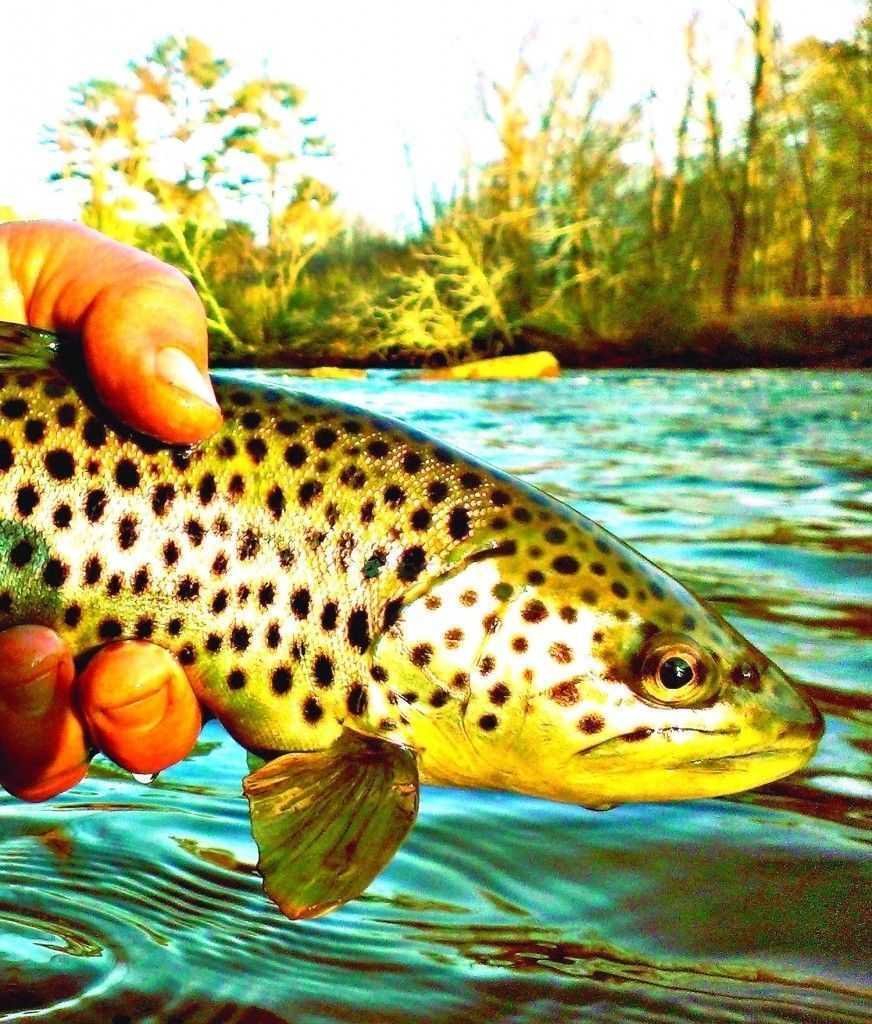Summertime in the South is tough on trout. Unfortunately, I received a reminder of this recently when a rainbow in the 20-inch class died in my hands after I’d spent more than 20 minutes trying to revive it.
I hooked the fish right in the corner of the mouth, fought it quickly, netted it and unhooked it promptly before returning to the water. When it was clear the trout was gone, I fed it to the river. With that experience fresh on my mind, it seemed suitable penance to give a few suggestions on what anglers can do to maximize the likelihood that released fish survive.
First, water temperature is paramount. If a creek or river is warmer than 65 degrees, I leave it alone. Trout are cold-water fish that do not tolerate temperatures above 68 degrees. While they can survive forays into the upper end of suitable water temperatures, any sort of stress at these temps can cause them to go belly up. This is why many private waters shut down during the hottest months.
It’s also important to size your gear properly. The faster you land and release a trout in the summer, the more likely it is the fish will survive. This means fishing with tippet and rod weights a little heavier than normal and going with barbless hooks. While it can be tough to do, it’s often better to break off a big fish in the summer than it is to fight the trout until it’s exhausted. If you can put a fish in the net while it’s still green, chances are much better it’ll fight again.
Perhaps one of the most important things in the survival of trout, regardless of conditions, is how you handle it. Never touch a trout with dry hands, avoid the “lipping” trout like bass, and never touch a fish’s gills. If shooting a picture, make it quick, and be sure not to squeeze a trout into submission.
Finally, taking as much time as necessary to revive a fish and using the best revival techniques are critical. Cradle the fish in your hands or in a large net so it faces upstream and is sitting upright. I like to use my long-handled boat net. A fish that swims into the current and out of the net is a survivor in my book. Sometimes this takes seconds. On the other hand, I’ve had it take more than 30 minutes for a fish to swim off.
While I practice catch and release 99 percent of the time, I think it’s important to remember that despite our best efforts, some fish won’t make it. Do the best you can to see each released fish lives, and try not to let it break your heart when, on occasion, you feed a fish to the river. It’s all about perspective. Instead of turmoil over an old fish dying, think of it as an opening in the food chain for another trout to get big.
[easy-social-share]
